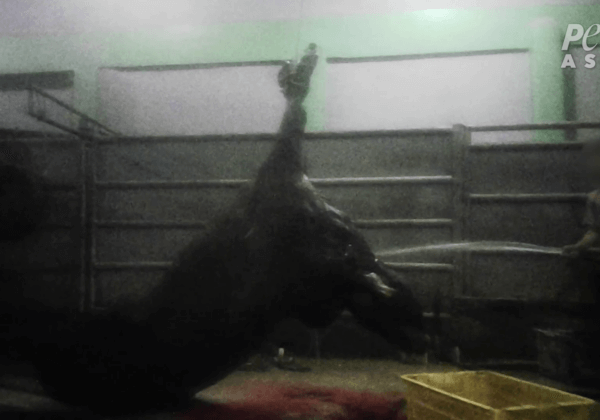8 Reasons You Should Never Declaw!
Many people falsely assume that declawing is just like trimming your nails or getting a manicure. In reality, it is a painful and permanently crippling procedure. The following are eight reasons why you should never declaw your feline friend:
1. Declawing a cat is the equivalent of cutting off a person’s fingers at the first knuckle.
Just knowing this makes my fingers hurt. Ouch!

2. Scratching is a natural, healthy, and important behavior.
Cats scratch to exercise and enjoy themselves, maintain the condition of their nails, and stretch their muscles.

3. Claws are a cat’s first defense.
If your cat ever went outdoors after being declawed—even if by accident—he or she would be much more vulnerable to all kinds of predators.

4. Declawed cats often become more aggressive.
Many cats that have been declawed feel so insecure that they tend to bite more often in self-defense.

5. Pain continues even after surgery.
Cats are in pain when they awake from the surgery, and that pain continues afterward. Nails can grow back inside the paw, causing extreme pain that you can’t necessarily detect.

6. Declawed cats are more likely to go outside the litterbox.
Even if your cat is already house-trained, without claws he or she may often try to mark territory outside the litterbox.

7. Declawed cats have to learn how to walk again.
Our toes are crucial for our balance, and it’s no different for cats! Because of impaired balance after the procedure, declawed cats have to relearn how to walk, much as a person would after losing his or her toes.

8. Many countries have already banned declawing.
Australia, Japan, Israel, and other countries have banned or severely restricted declawing surgeries. Veterinarians from all over the world often refuse to perform this cruel surgery as well.

What You Can Do Instead
- Give your cat a manicure. When your feline friend is relaxed and unafraid, gently press on his or her toes until the claws extend. Use a pair of nail clippers, and cut only the tip of the nail, taking care not to damage the vein, or “quick.” The nail hook is what tears upholstery (or your shoes), so removing it virtually eliminates the potential for damage.
- Buy multiple scratching posts. It’s best if you have more than one. Make sure each is tall enough for your cats to stretch on it and that it’s rough—cats won’t like a soft post to scratch on.
- Teach your cat where to scratch and where not to scratch. Encourage your cat to use the scratching posts by sprinkling catnip on the posts once a week. Discourage your cat from scratching furniture by using a loud, firm voice whenever he or she starts to do it—cats don’t like loud noises! Never use physical force. Instead, you might try using a squirt gun full of lukewarm water directed at your cat’s back.









